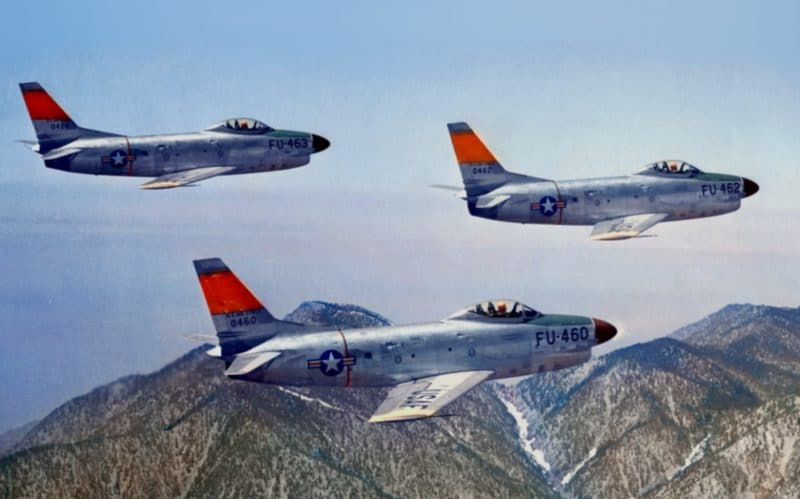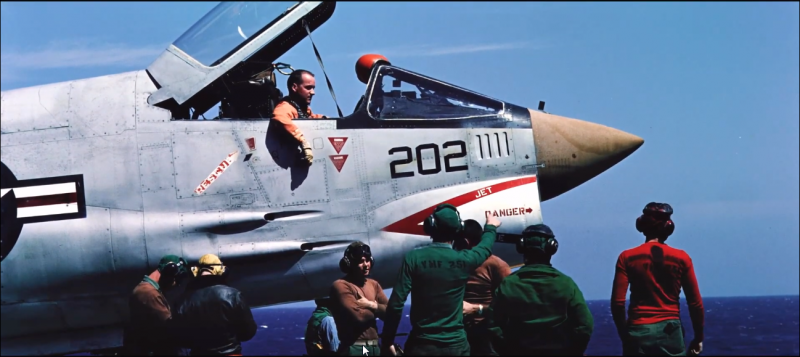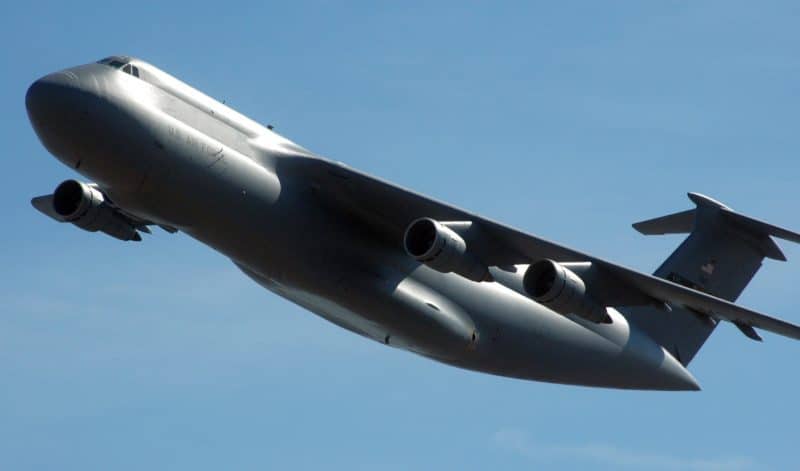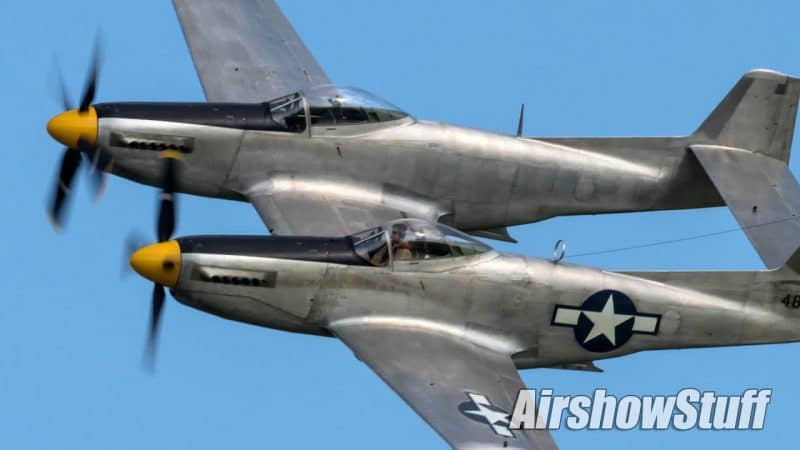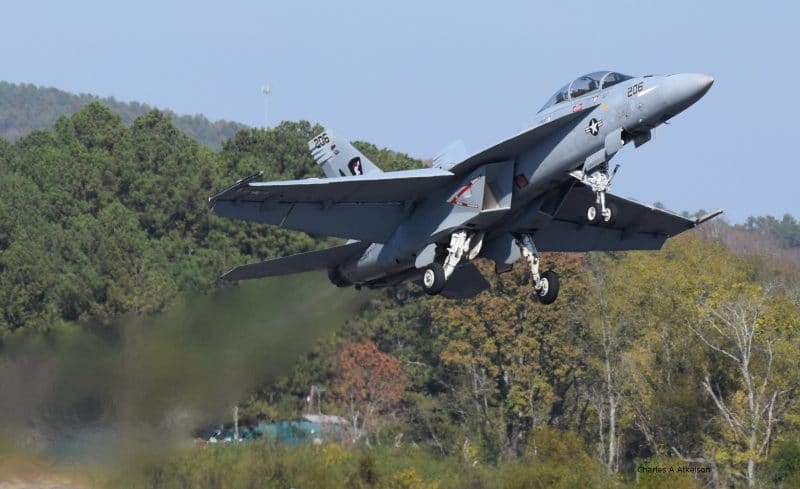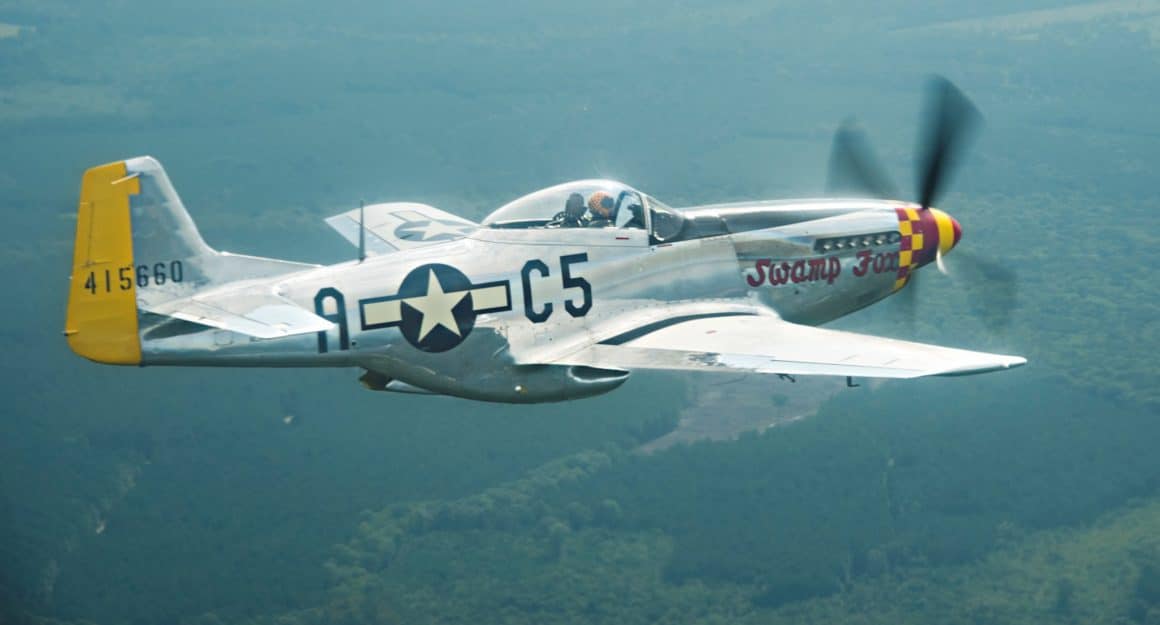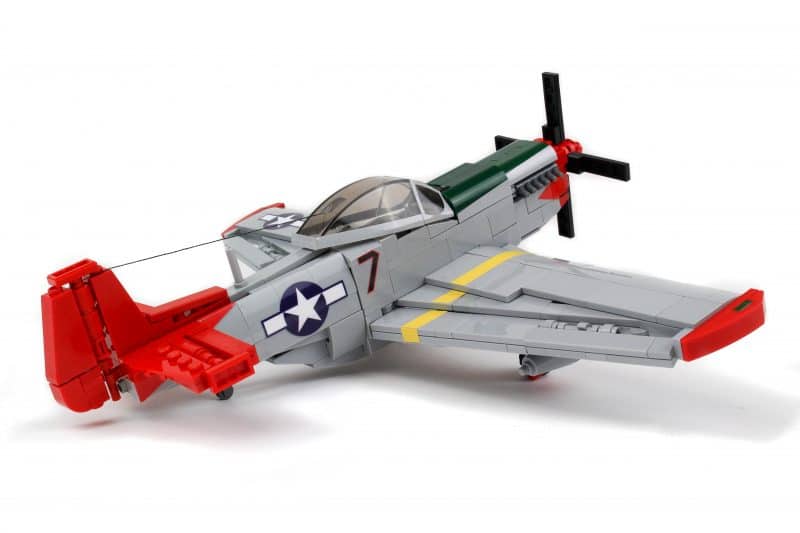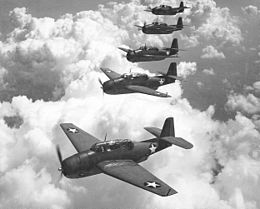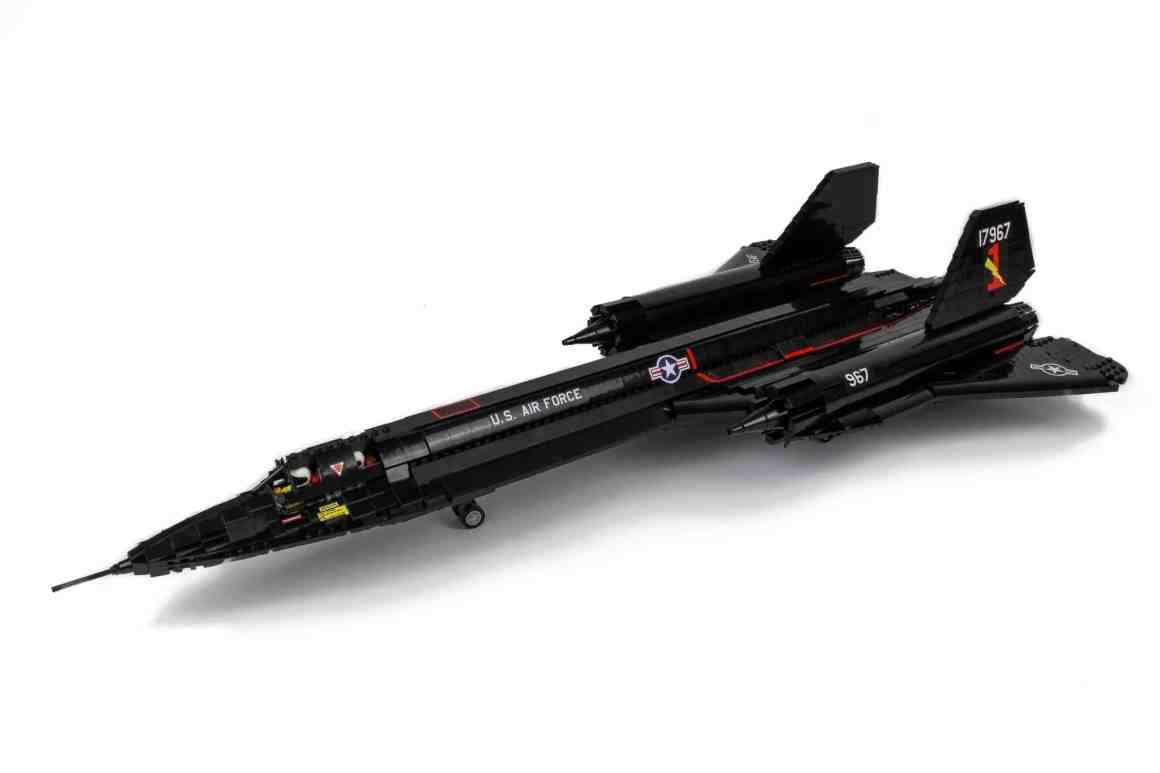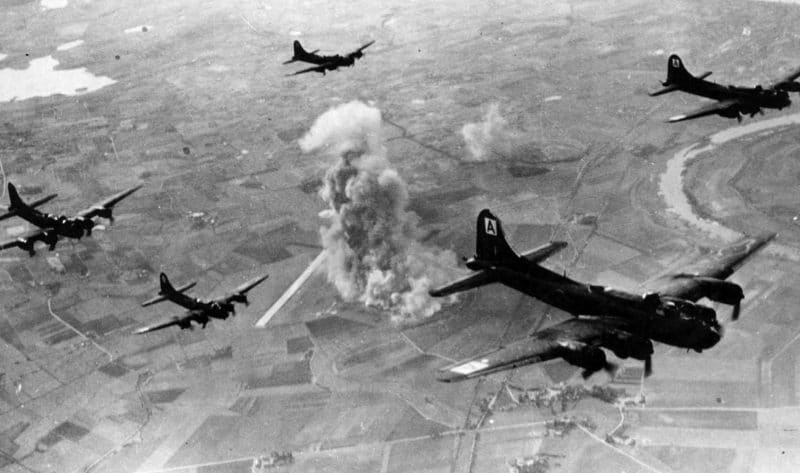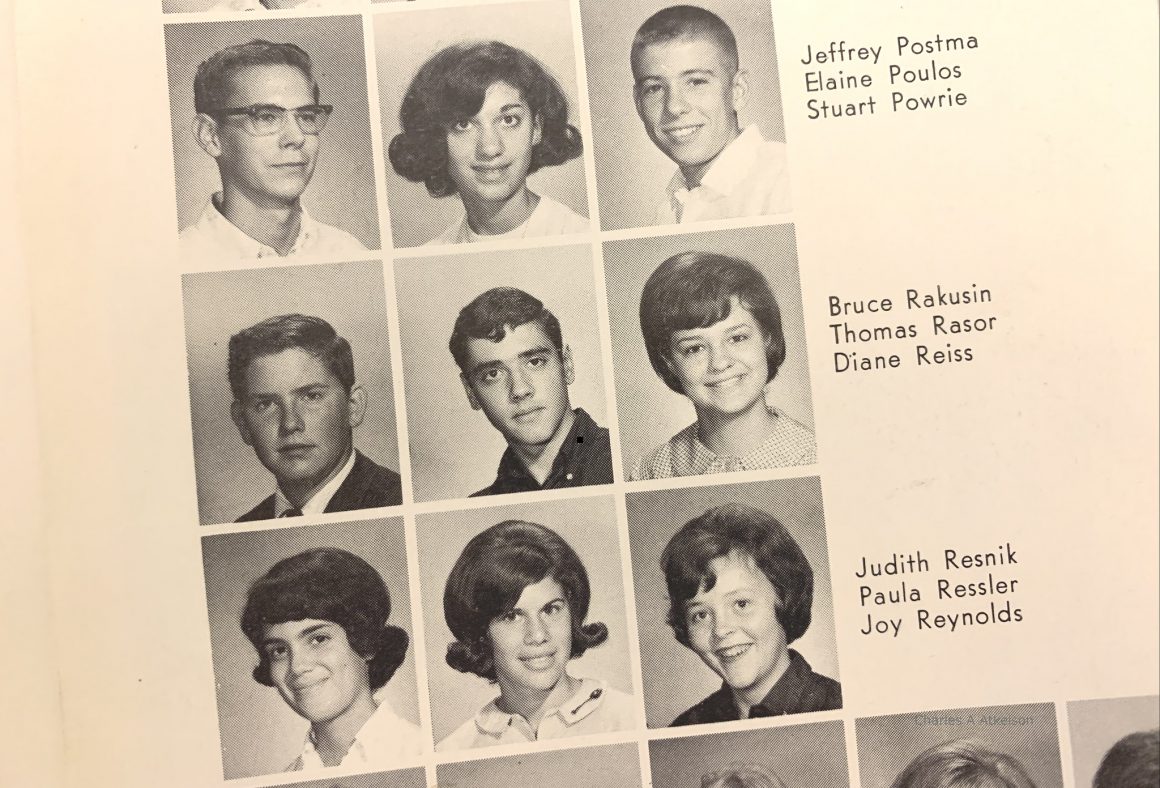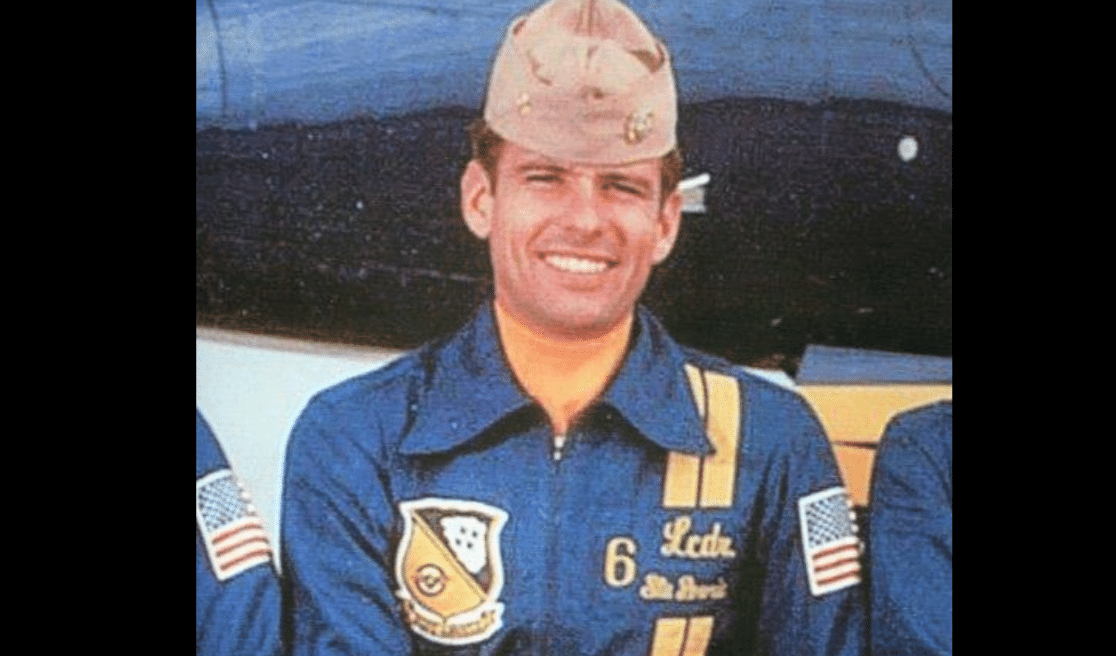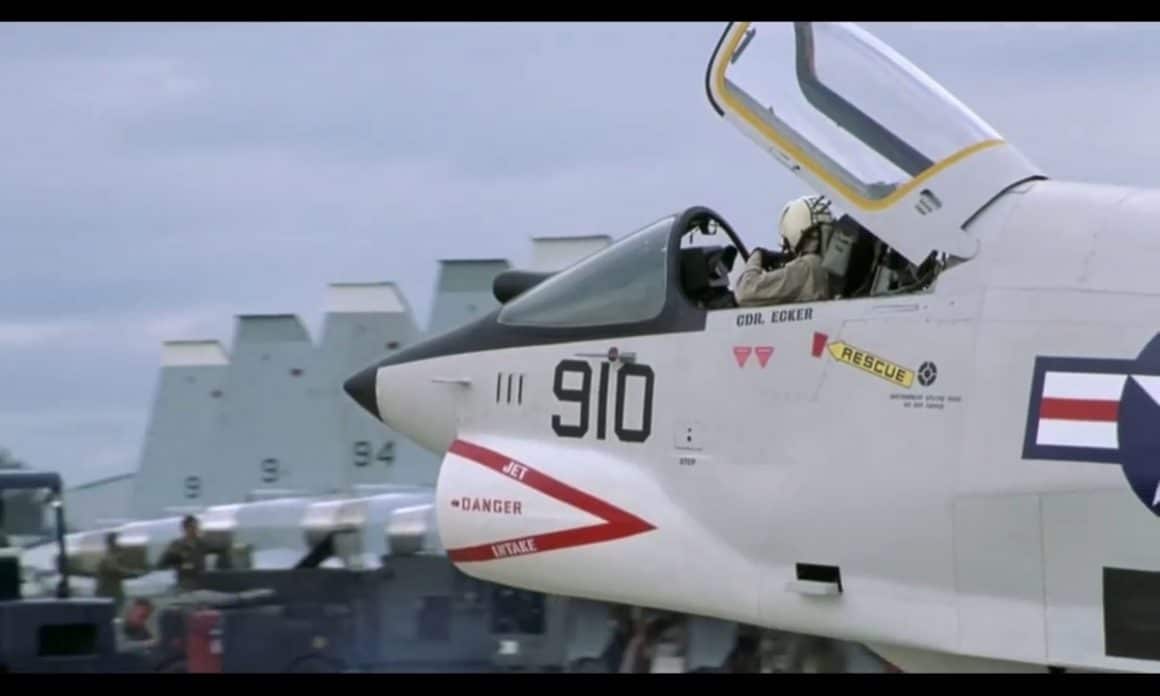These 1950s Air Defense Command Pilots Didn’t Take Themselves Too Seriously- and It Showed
We’ve unearthed some classic gag films while prosecuting our never-ending search for great aerospace content. From the Navy’s classic send-up of carrier aviation, Launch ‘Em, to the Air Force’s rocket-powered railroad at Holloman Air Force Base (AFB), to student pilot-produced gag films, there are plenty of laughs to go around. Even the Air Force safety film No Sweat is yuk-worthy in spots. The 498th Fighter Interceptor Squadron (FIS), AKA the Geiger Tigers, produced their own classic gag film and it’s a real gem. So get your popcorn ready, sit back, turn your volume up, and enjoy Geiger Tigers (uploaded to YouTube by sdasmarchives.)
[youtube id=”mBQ5MRLQBQ8″ width=”800″ height=”454″ position=”left”]
NOTE: A two-part version of the film with better audio and lower definition video is linked below.
The Vagabond 498th
The 498th FIS was originally established as a III Fighter Command Operational Training Unit (OTU) on 10 August 1943 after its genesis as the 303rd Bombardment Squadron (Light) on 13 January 1942. The squadron was initially equipped with a variety of light bombers such as the Vultee A-31 Vengeance, the Douglas A-24 Banshee, and the Bell P-39 Airacobra. The vagabond unit was based at Savannah Army Air Field (AAF) in Georgia, Drew Field AAF in Florida, Harding Field AAF and Hammond AAF in Louisiana, and Abilene AAF in Texas. While based at Hammond the 498th received Republic P-47 Thunderbolts, but it wasn’t long before the unit was disbanded at Abilene on 1 April 1944.

A New Jet-Powered Beginning
When additional Cold War Air Defense units were needed, the 498th was reactivated at Geiger Field in Washington on 18 August 1955 and equipped with North American F-86D Sabre Dog interceptors as part of Air Defense Command’s (ADC) 84th Fighter Group (FG). The film was shot when the F-86D-equipped Tigers attended a rocketry training course at Yuma AFB (later Vincent AFB- today Marine Corps Air Station [MCAS] Yuma). The 498th turned in their F-86Ds for Convair F-102A Delta Daggers in 1957 and were the first operational squadron to fly the Convair F-106A Delta Dart when they switched to them in 1959. The Geiger Tigers moved to McChord AFB in Washington in 1963, to Paine Field in Washington on 1966, and finally to Hamilton Field in California in 1968 before they were deactivated again, and for good, on 30 September 1968. Their Delta Darts were reassigned to the 84th FIS.

We Like Choices and We Pass Them On to You
NOTE: When given a choice between video quality and audio quality our standard practice is to go with the better visuals. However, with a film like this the audio is important as well. Therefore, we have provided links to a version of the film with better audio and less-than-stellar video. These were uploaded to YouTube by Tom Dozier. Tom’s father actually appeared in the film. Part One Part Two.


